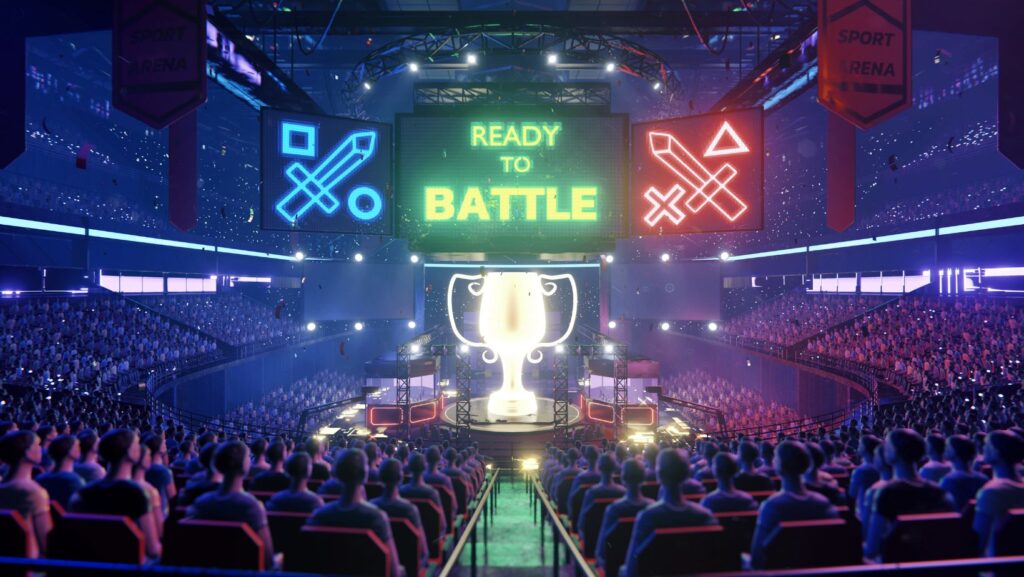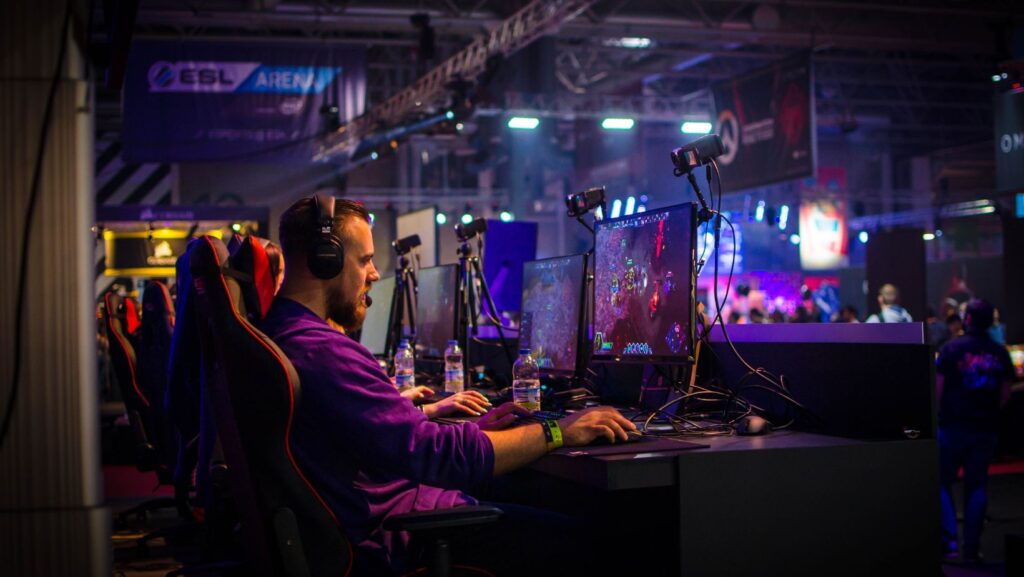In the rapidly evolving world of esports, marketing has taken center stage. It’s a realm where digital prowess and creative strategies merge, crafting unforgettable campaigns that make waves in the gaming community. This article will dive into some of the most successful esports marketing examples, illuminating the techniques that have captured gamers’ hearts worldwide.
Stay tuned as we unravel the secrets behind the most successful campaigns, and discover the unique strategies that have propelled esports into the mainstream.
Understanding the Esports Market
Emerging as a billion-dollar industry, esports experiences growth at a rapid pace. In 2020, esports viewership pointed at 495 million worldwide, according to a Gaming and Esports report by market research firm Newzoo. Signifying impressive expansion, the esports market size rose from $194M in 2014 to a forecasted $1.79B by 2022.

Esports marketing diverges from traditional sports marketing in several ways. Digital, interactive, and largely online, esports marketing capitalizes on live streaming platforms and social media channels. Unlike traditional sports marketing, which relies heavily on physical event marketing, broadcast deals and merchandising, esports marketing engages viewers in real-time, creating a two-way communication channel.
Esports Marketing Examples
One notable instance in the esports realm involved Red Bull. Marrying focus, energy, and performance, Red Bull’s brand ethos finely meshes with the demands of esports, making it an exemplary sponsor. Red Bull went beyond conventional branding methods and built dedicated esports studios and tournaments. They partnered with renowned esports figures, such as “Ninja,” a popular gaming personality, enhancing their credibility within the game savvy milieu.

Another example is Mountain Dew’s Game Fuel League stands among successful esports marketing examples, delving into interactive strategies. Besides being the official drink of esports events, Mountain Dew innovated by launching their own esports league, the Game Fuel League. By equipping players with assorted in-game perks and exclusive opportunities, it garnered significant traction.
How Businesses can Capitalize on Esports Marketing
In esports marketing, an innovative approach and a thorough understanding of the target audience bring about success. Notably, businesses can capitalize on esports marketing by focusing on audience interaction and aligning their messages with esports culture.
Start with Understanding your Target Audience
To harness the potential of esports marketing, comprehension of the target audience stands critical. Esports fans hold specific characteristics, interests, and behaviors. They’re typically younger, digital-first consumers who thrive on interactive content, making them a unique demographic worth understanding. For example, Mountain Dew’s Game Fuel League capitalized on its deep knowledge about its audience’s gaming passion.
Align your Message and Brand with Esports Culture
Successful businesses in esports marketing tend to align their brand message with the culture inherent in esports. For them, it’s not merely about selling a product or a service – it’s about being an authentic part of the community. Take, for instance, the Potamkin car dealership. Through tailored digital campaigns, they integrated community values into their marketing strategy, resulting in successful entrance into the esports space.

By considering these examples of esports marketing, businesses can gain insights to adapt and thrive in this ever-growing industry. Innovative strategies that cater to the specific characteristics of the esports audience and resonate with their culture will always distinguish successful endeavors in the esports marketing landscape.
The Role of Social Media in Esports Marketing
Twitch and YouTube Gaming stand as game changers in the esports marketing strategy, embodying powerful platforms for advertisers. These platforms facilitate live streaming of esports tournaments, beckoning an average of 45 million viewers each day. Twitch, founded in 2011, boasts over 4,000,000 broadcasters monthly and takes the helm as the leading live-streaming platform for gamers worldwide.
Despite the challenges, such as maintaining authenticity and keeping pace with industry changes, the potential rewards are immense. With advancements in technologies like VR and AR, customizable live streaming, and data-driven strategies, the future of esports marketing is poised for continued growth and innovation. Therefore, whether you’re an experienced marketer or a newcomer, esports marketing offers a dynamic landscape to explore and thrive in.



